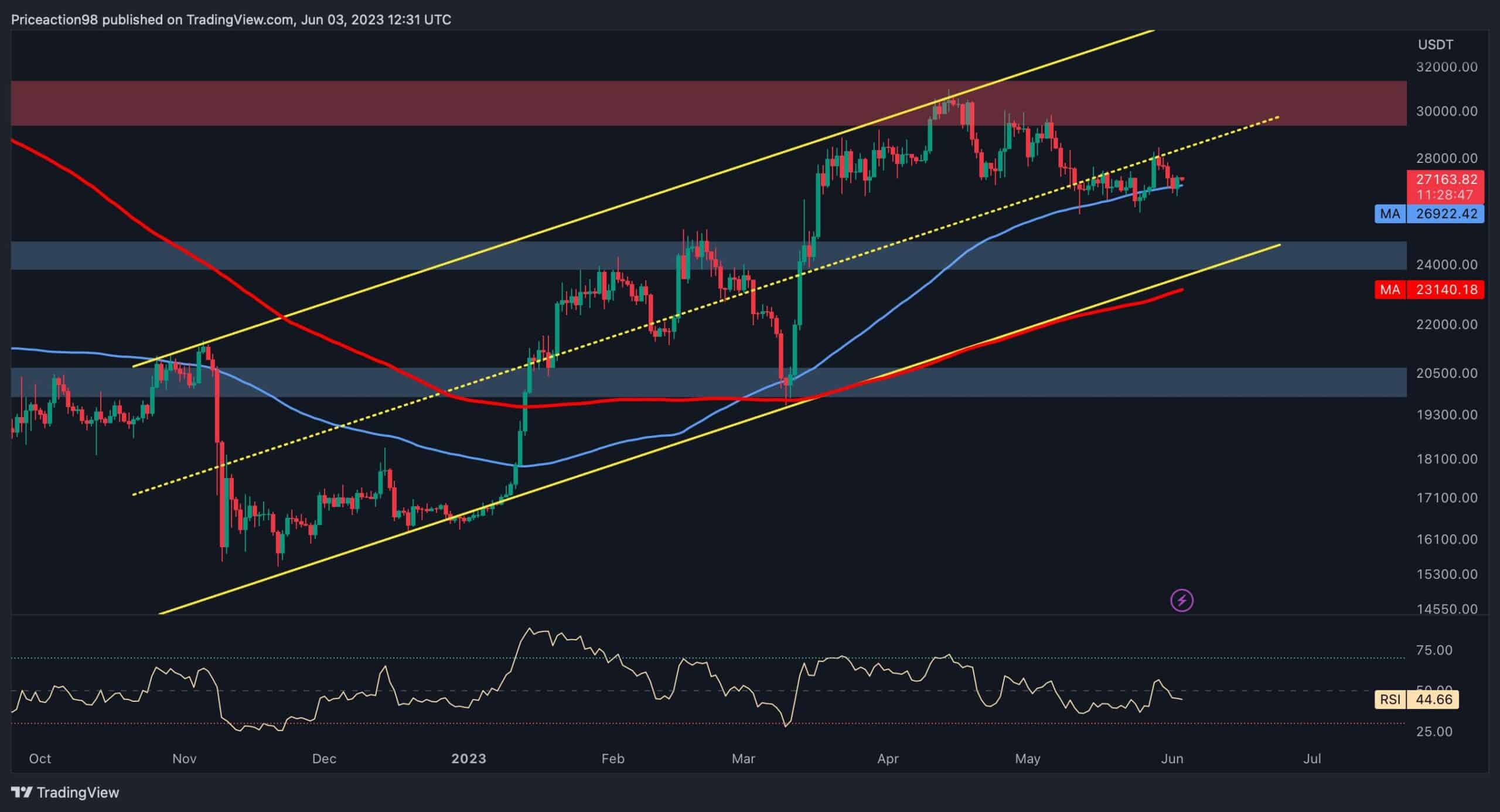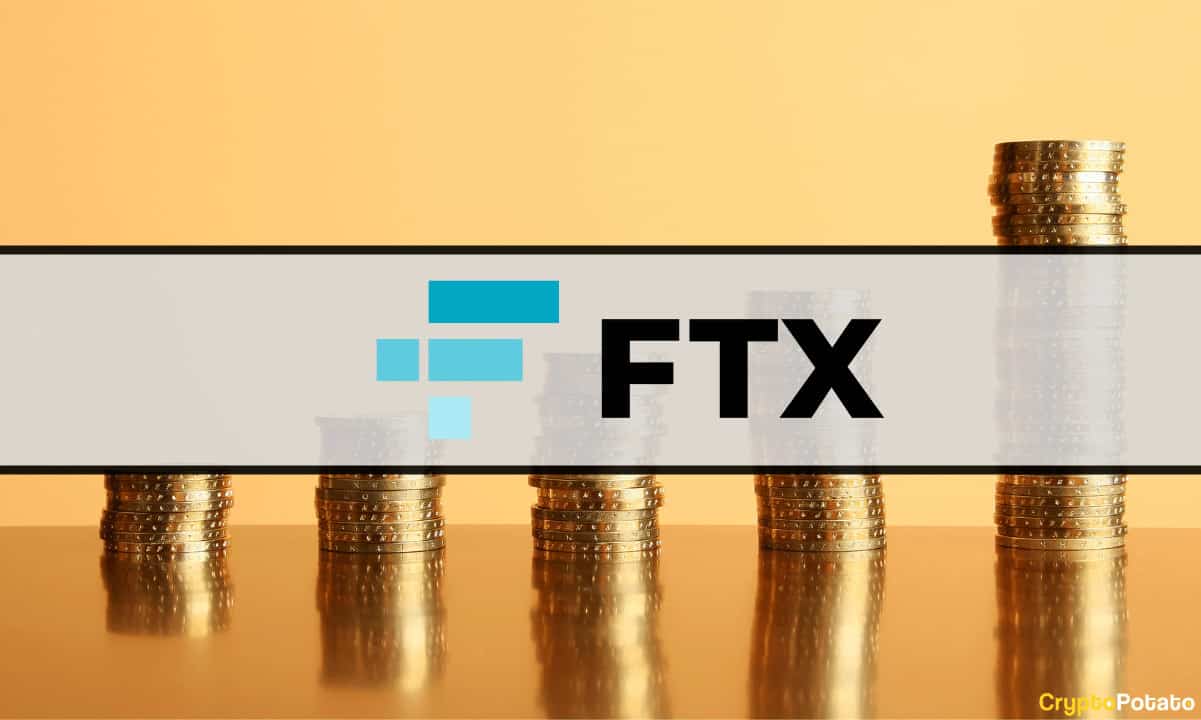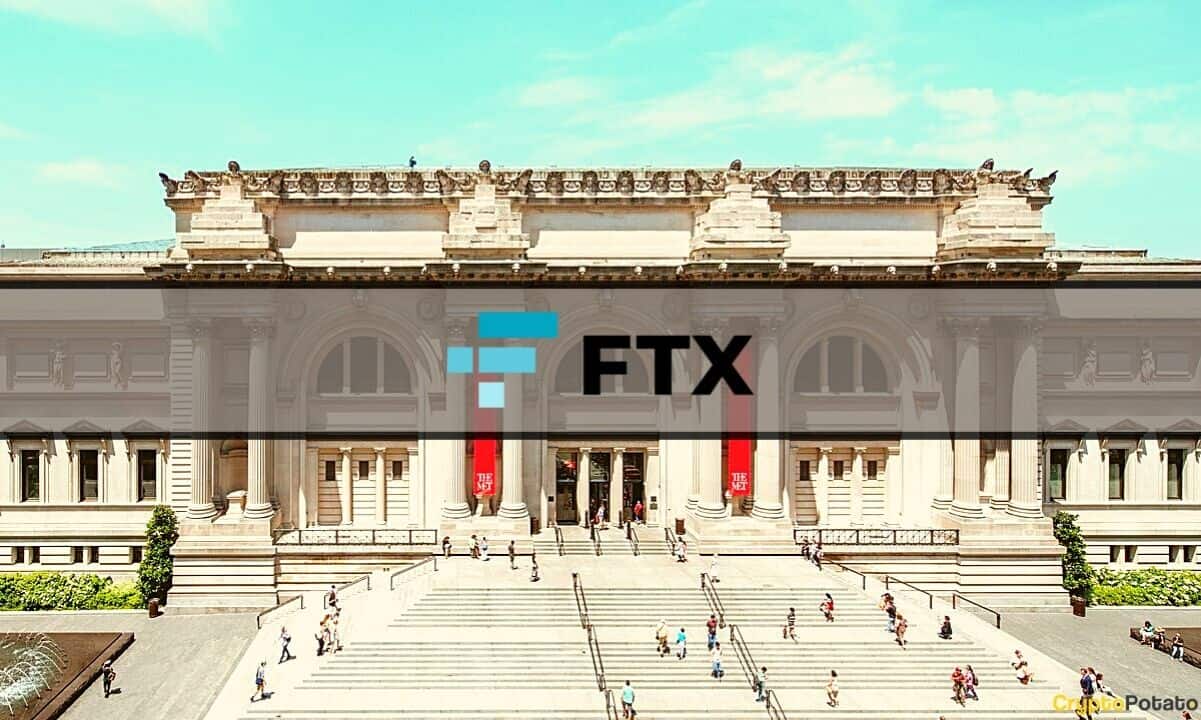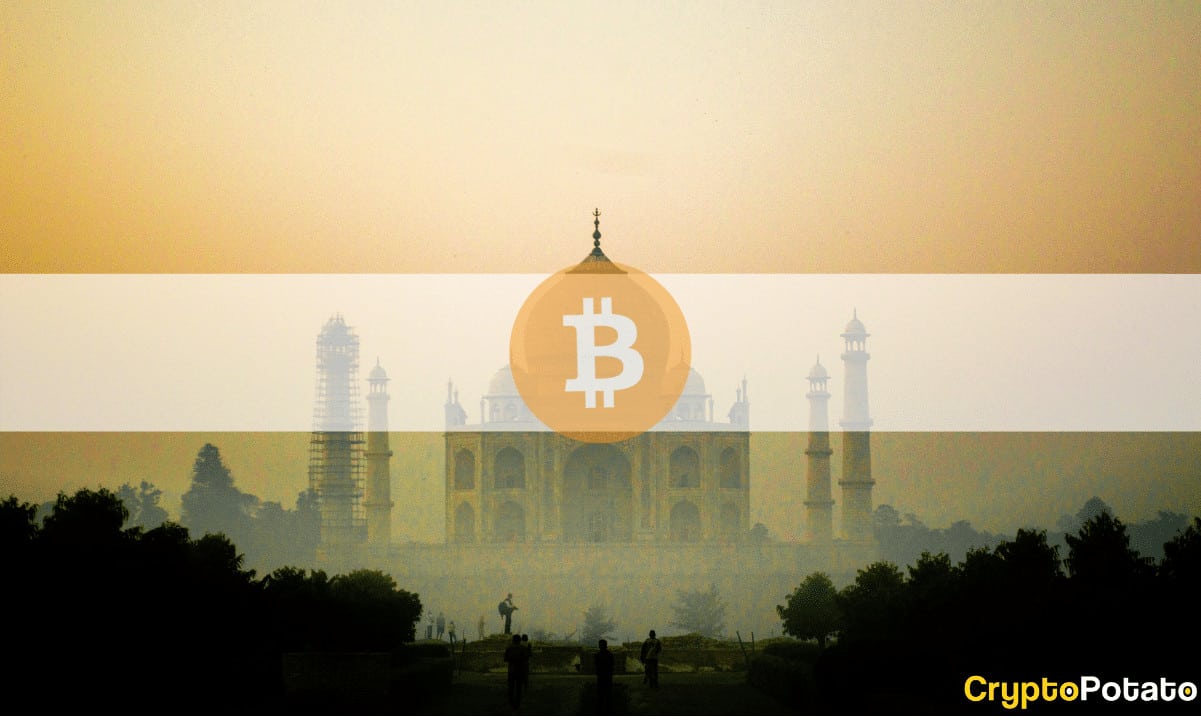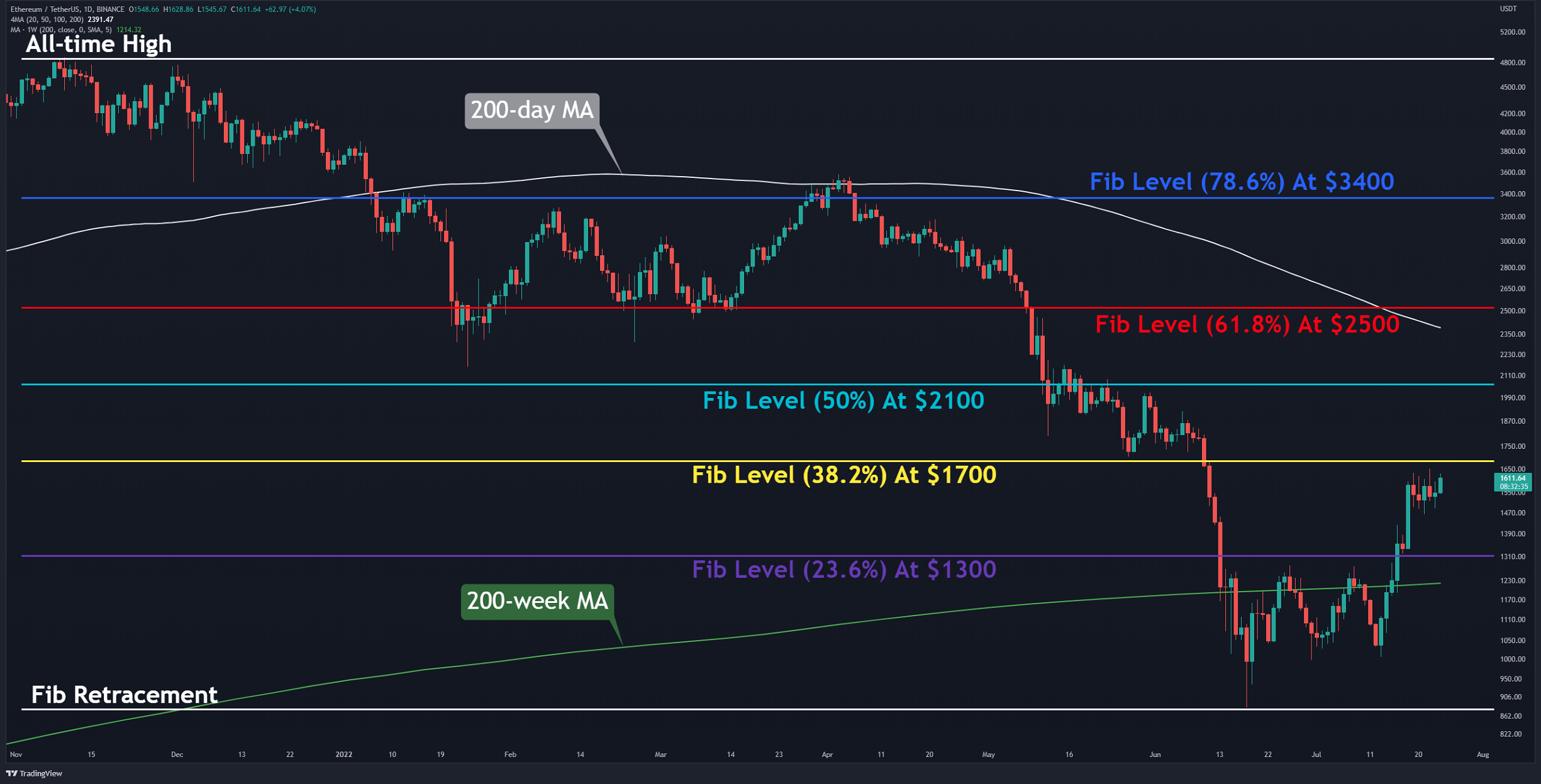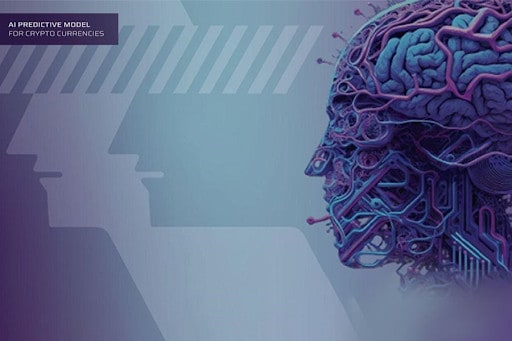Stablecoins Should Meet Same Regulations as Real Money, Bank of England
On April 12, Andrew Bailey, governor of the Bank of England, stated during a press conference at the Institute of International Finance in Washington that stablecoins should be regulated in the same way as fiat money.
According to Bailey, stablecoins lack an “assured value,” one of the main characteristics that people look for when investing in this type of “digital money” that seeks to resemble fiat. He argues that because of this, the country needs to focus on providing a proper, strict regulatory framework – very similar to that of traditional financial products:
“As we have seen, they [the stablecoins] do not have assured value, and in the work we have done at the Bank of England we have concluded that the public should expect assured value in digital money, and confidence in this is needed to underpin financial stability.”
Are Tokens Real Money?
Andrew Bailey warned that stablecoins must meet the same characteristics and regulations as real money in order to function properly as such. This situation has not yet happened with any stablecoin.
Furthermore, he noted that regulators should consider all appropriate liquidity buffers to respond to any banking crisis or bank run, like the recent one involving Silicon Valley Bank, which affected thousands of investors.
Currently, the Bank of England is following the evolution of digital money to reach a conclusion on the possibility of issuing a Central Bank Digital Currency (CBDC). Digital money has existed for decades, but the technology used for its management has changed. Blockchain provides a decentralized, auditable way to transfer money in a more efficient way, but centralization is the standard for legal, geopolitical, and, ultimately, practical reasons.
Bailey stated that although digital money should not exist only in the form of CBDCs, it is likely necessary to create an “anchor to the value of all forms of money, including new digital ones, and to ensure the maximum opportunity for innovation in payment services.”
Regulators vs. Stablecoins
As reported by CryptoPotato, regulators have been discussing stablecoin regulation for several years, but they have not yet reached an agreement on the necessary steps to protect investors. According to Blockchain Association Executive Director Kristin Smith, this may be because U.S. watchdogs are more focused on the illicit uses of stablecoins, such as money laundering or terrorism financing than their everyday use as digital money.
Additionally, she added that cryptocurrencies are “much more transparent than we see in the traditional financial services system.” However, she noted that the crypto market and stablecoins must be adequately regulated to avoid stifling technological innovation.
On the other hand, Jeremy Allaire, CEO of Circle, stated recently that stablecoins should not be regulated by the SEC, as the agency is not qualified to fulfill that role and it is not its responsibility, and there are other custodians in the country better suited for it. Circle is the company behind USDC, the world’s second-largest stablecoin.
The post Stablecoins Should Meet Same Regulations as Real Money, Bank of England appeared first on CryptoPotato.



